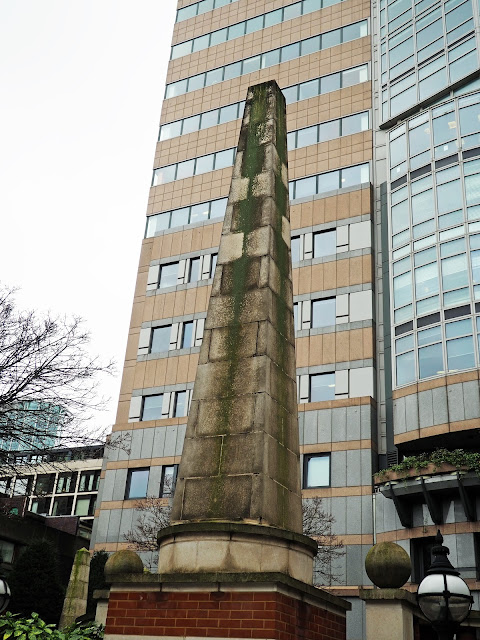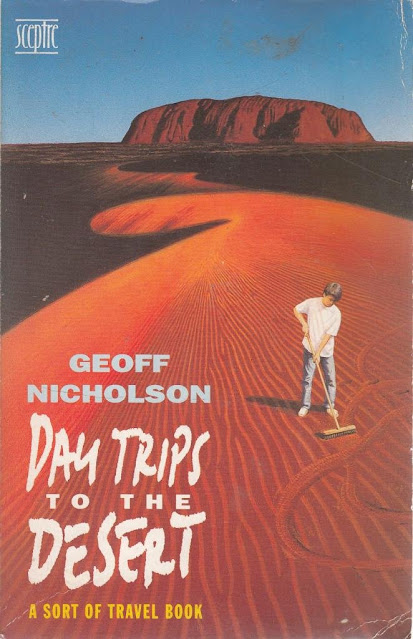On Sunday I went on a guided walk led by my pal Jen Pedler, with Footprints of London, a walk based on Rose Macaulay’s book The World my Wilderness, following in the footsteps of the book’s heroine Barbary. This is Jen keeping her anonymity:
The novel, published in 1950, is set in London shortly after the Second World War, mostly around the City of London where St Paul’s Cathedral remained intact after the Blitz even as much of the area around it was in ruins. Then the ruins became a wilderness, and in that wilderness a certain kind of life flourished.
Barbary is sent from France to Londo
I’ve read critics who say that the name Barbary is supposed to raise questions about what is and isn’t barbarous, and I don’t doubt that’s true, but personally I thought of Barbary pirates, because there is something piratical and lawless about the characters in the novel, even if unlike the actual Barbary pirates they’re not slave traders.
At the centre of the novel is a bilingual pun. In France during the war, Barbary and her stepbrother Raoul ran wild with members of the French Resistance – the Maquis. But maquis also means scrubland or bush, therefore a kind of wilderness, leading mother Helen to think, as Jen pointed out, ‘The maquis is within us, we take our wilderness where we go.’
And so we walked with our inner and outer wildernesses, seeing London ruins, some of which dated from long before the Second World War to at least Roman times, while all around them, and us, were new big shiny buildings including the sprawl of the Barbican estate.
I’d have said that I knew the area at least somewhat but a lot of what we saw was new to me including the Physic Garden belonging to the Barber’s Company, which is on the site of the 13th bastion built by Emperor Hadrian in AD 122. In 1666 the garden acted as a kind of fire gap to stop the Great Fire spreading, and if I’m reading the Barber Surgeons’ website correctly, it was derelict from World War Two until 1987.
Rose Macaulay is best known in many quarters for the novel The Towers of Trebizond which I admit I haven’t read. I know her best for the book Pleasure of Ruins, a title I can never quite get right; I always think it should be Pleasures of Ruin, and I tend to put in a superfluous definite article or two.
The version I like best is the edition with photographs by Canadian Roloff Beny. He does have a few photographs of British ruins but none in London.
Our walk was a very fine walk, taking two hours or so, and of course serendipity always plays a part in these things. I wasn’t entirely surprised to see a Nicholson, because they get everywhere
But I really wasn’t expecting Monkwell Square, a place I had in fact been to before, to be the scene of such hot, compelling obelisk action. OK, I accept that not everybody feels the same way about obelisks as I do.
 |
| PHOTO BY CAROLINE GANNON |














































